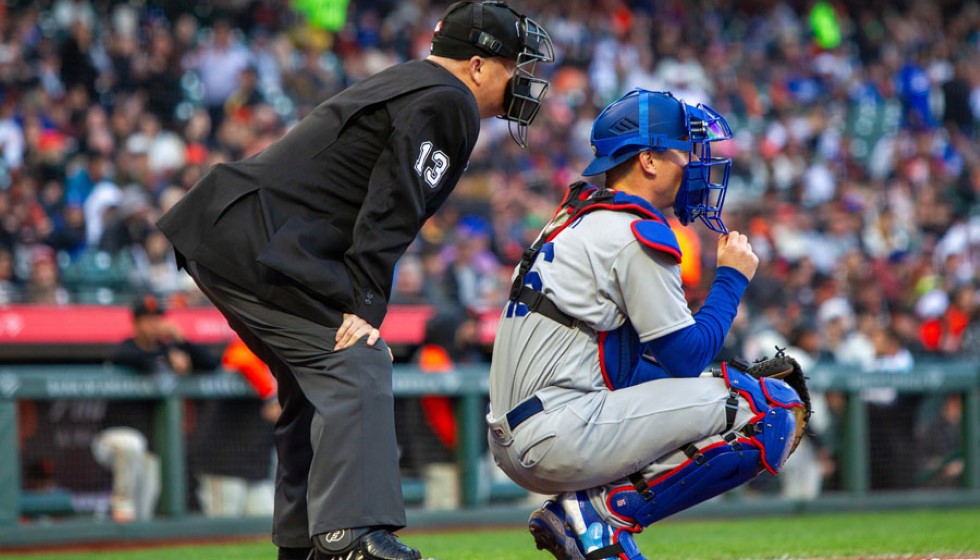
The Intricacies of Hall of Fame Voting: A Journalist’s First Ballot
As the annual Hall of Fame voting season approaches, the scrutiny that accompanies the process takes center stage. This year's ballot holds special significance for one sports journalist who will be casting an official vote for the first time. The journalist acknowledges the honor and responsibility of being part of a larger chorus and understanding that their one vote plays a role in determining the legacies of baseball's finest.
Ichiro Suzuki: A Unique Journey
Of the many luminaries on the ballot, Ichiro Suzuki stands out not just for his numbers but for the intangibles he brought to the game. "There's a 'feel' factor to him," the journalist noted, emphasizing that Ichiro’s impact went beyond his .311 batting average and 509 stolen bases. Ichiro, who joined Major League Baseball at the relatively late age of 27, astounded many by amassing over 3,000 hits in America—a testament to his exceptional skill and endurance.
The Hall of Fame is not just about numbers. The comparison between Kenny Lofton and Ichiro exemplifies this notion, as the journalist pointed out, stating, "The Lofton/Ichiro comp is a great example of how HOF is definitely not a mere stats-based vote." Suzuky’s career, characterized by his unique blend of reliability and flair, sparks discussions that go beyond traditional metrics.
Debates and Dilemmas
While Suzuki's candidacy seems clear, others present more complex dilemmas. Barry Bonds and Roger Clemens are perennial fixtures whose associations with performance-enhancing drugs create a polarizing divide among voters. Similarly, players like A-Rod and Manny Ramirez are also marred by links to steroid use, adding layers of controversy to the decision-making process.
Further complicating this year's ballot are players involved in off-the-field controversies. Carlos Beltran and Brian McCann face scrutiny due to their involvement in the 2017 cheating scandal, prompting voters to weigh character and integrity alongside talent and statistics.
The Legacy of Félix Hernández
Félix Hernández presents another debate, eliciting mixed sentiments. Despite winning a Cy Young Award and finishing second in voting twice, his candidacy is not clear-cut. The journalist confessed, "He's pretty clearly below the Hall of Fame line, basically, but I've been having second thoughts now about not voting for him." This internal conflict reflects a broader struggle voters face in reconciling personal assessments and analytical evaluations.
The Evolution of the Hall of Fame
Interestingly, there's a trend showing more players from the 1920s and 1930s gaining entry into the Hall of Fame than those from the 1980s and 1990s. It prompts questions about how historical contexts, statistical measures, and evolving gameplay affect perceptions of greatness. One reader questioned, "How do you compare WAR for players currently on the ballot with players already in the HOF?" This query underscores ongoing conversations among voters trying to apply modern analytical tools to evaluate players from different eras fairly.
The journalist, embarking on this voting journey for the first time, captures the lingering challenges that have always defined the Hall of Fame process. "I'm not the sole Hall of Fame voter. I don't get to decide which players get in or are left out," they noted, embracing their role in a broader communal endeavor to honor baseball’s legends.
As ballots are cast and discussion continues, the Hall of Fame remains an enduring symbol of excellence. The narratives and debates surrounding each candidate illustrate the vibrant tapestry of baseball history, where each era, player, and vote contributes to the storied legacy of America's pastime.